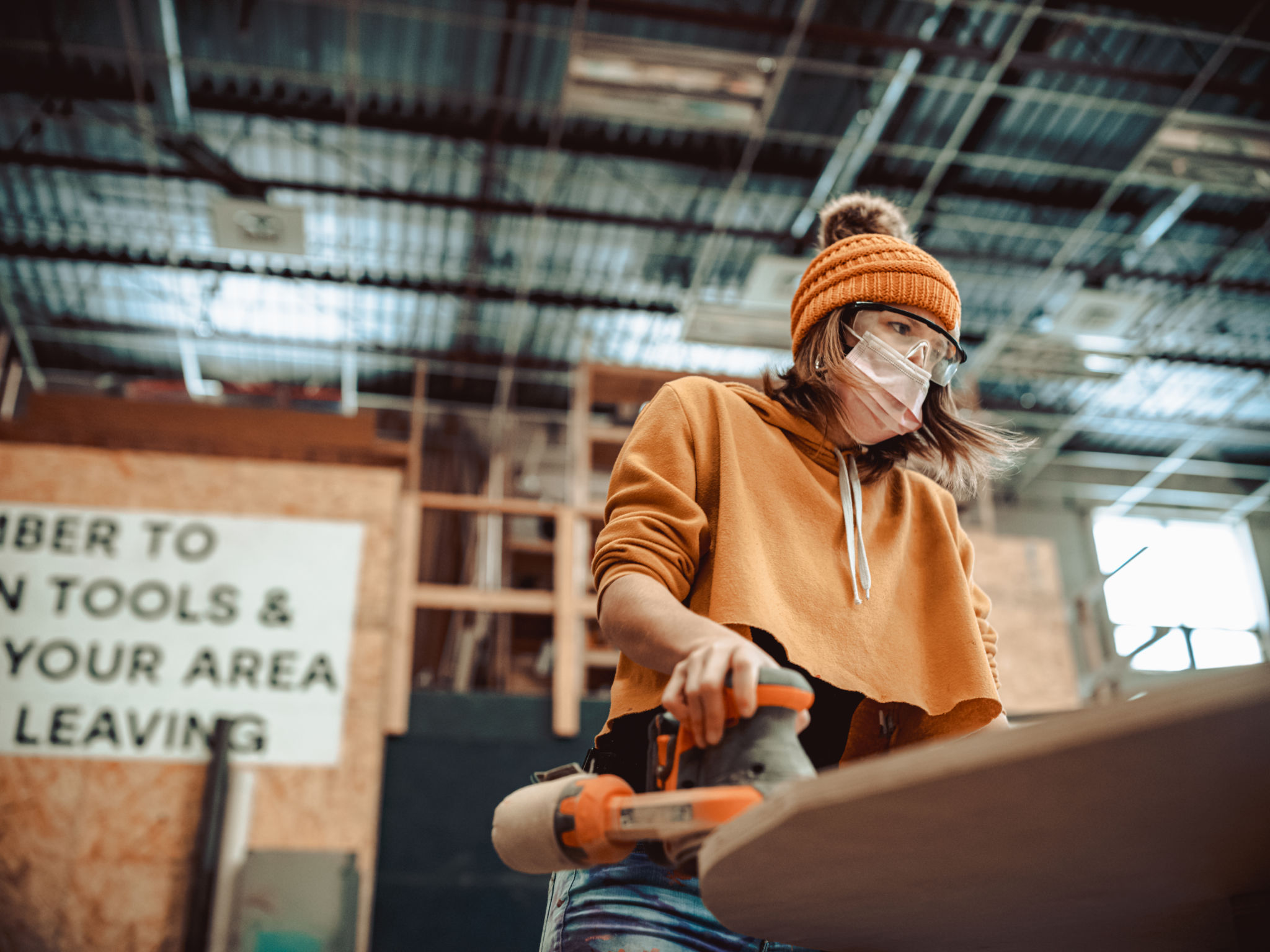The Art of African Mask Making: Tradition Meets Modernity
The Rich Heritage of African Mask Making
African masks are more than just artistic expressions; they are deeply rooted in the cultural and spiritual traditions of various African communities. For centuries, these masks have played a significant role in ceremonies, rituals, and storytelling, serving as a bridge between the physical and spiritual worlds. Traditionally crafted by skilled artisans, each mask is unique and often imbued with profound symbolism and meaning.
The materials used in mask making vary widely, including wood, ivory, metals, and textiles, depending on the region and available resources. Each material is selected with care, as it contributes to the mask's overall significance and purpose. The art form is passed down through generations, with each artist adding their own touch while respecting traditional techniques.

Symbolism and Cultural Significance
The symbolism behind African masks is as diverse as the cultures that create them. Masks often represent ancestors, deities, or mythological beings and are used in rituals to communicate with these entities. They can symbolize various themes such as fertility, protection, or transformation. The intricate designs and motifs carved into the masks tell stories and convey messages that are understood by those within the community.
In many African societies, masks are worn during ceremonies that mark important life events such as births, initiations, weddings, and funerals. They play a crucial role in connecting the community to their heritage, reinforcing cultural identity and continuity.
Techniques and Styles
African mask making employs a variety of techniques and styles, each unique to the cultural group it represents. Some masks are carved from a single piece of wood, while others are assembled using multiple materials. The choice of colors, shapes, and patterns is intentional and often dictated by tradition.
Some well-known styles include the elongated faces of Fang masks from Central Africa and the geometric patterns of Kuba masks from the Democratic Republic of Congo. Each style is distinct and reflects the diverse artistic expressions found across the continent.

Modern Interpretations and Influence
As global interest in African art grows, contemporary artists are finding new ways to interpret traditional mask-making techniques. Modern African masks often incorporate contemporary materials and design elements while remaining true to their cultural roots. This fusion of tradition and modernity has led to innovative works that continue to captivate audiences worldwide.
The influence of African masks extends beyond the continent, inspiring artists across the globe in various fields such as fashion, music, and film. These masks have become symbols of cultural pride and resilience, celebrated for their beauty and historical significance.
The Role of Masks in Contemporary Society
Today, African masks are not only appreciated for their aesthetic value but also serve as powerful symbols of cultural heritage. They are exhibited in museums and galleries around the world, drawing attention to the rich history and artistry of African cultures.

Collectors and enthusiasts value these masks for their craftsmanship and the stories they tell. By owning a piece of this history, individuals contribute to preserving traditional art forms while fostering cross-cultural appreciation.
Preserving the Legacy
Efforts to preserve the art of African mask making are crucial in maintaining its legacy for future generations. Educational programs and workshops help keep traditional techniques alive while encouraging young artists to explore this rich art form.
Communities continue to celebrate their heritage through festivals and events that showcase traditional masks and performances. These gatherings not only honor the past but also ensure that the art of mask making remains a vibrant part of contemporary culture.
